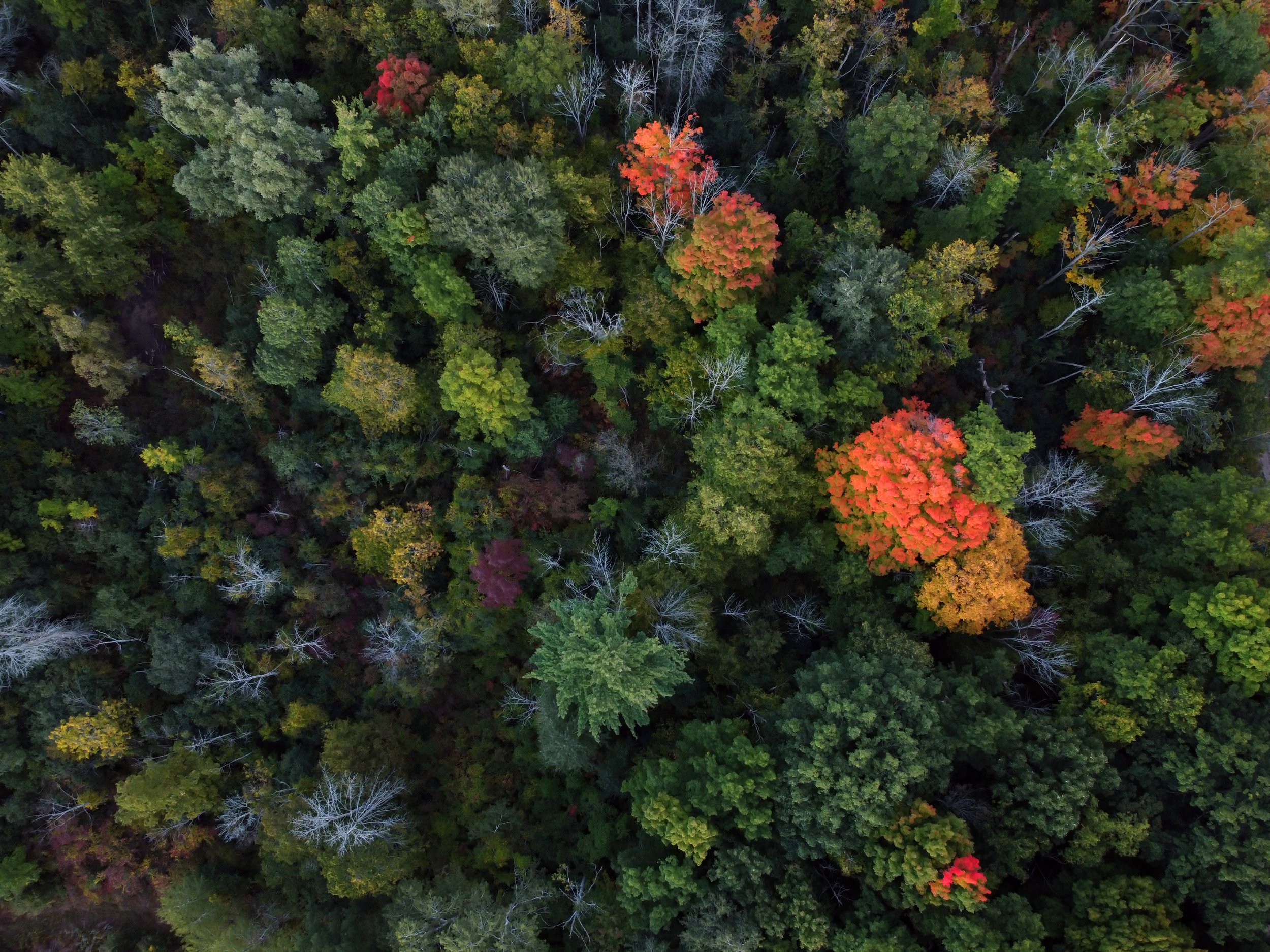
HRIS Comparison: LiDAR-based Inventory
A LiDAR-based forest inventory is a method of collecting detailed information about forest structure, composition, and health using LiDAR (Light Detection and Ranging) technology. LiDAR uses laser pulses emitted from an airborne, terrestrial, or drone-mounted sensor to measure distances by calculating the time it takes for the laser to bounce back after hitting an object, like tree canopies, branches, or the forest floor.
In forestry, this technology helps create highly accurate 3D models of forests. These models can be used to assess various forest attributes, such as:
Tree height
Canopy structure
Biomass estimation
Tree density
Volume and basal area
Species identification (when combined with other data sources)
Compared to traditional ground-based surveys, LiDAR-based inventories are faster, can cover large and difficult-to-access areas, and provide more detailed and consistent data. This makes them highly valuable for forest management, carbon stock assessment, biodiversity studies, and monitoring environmental changes.
